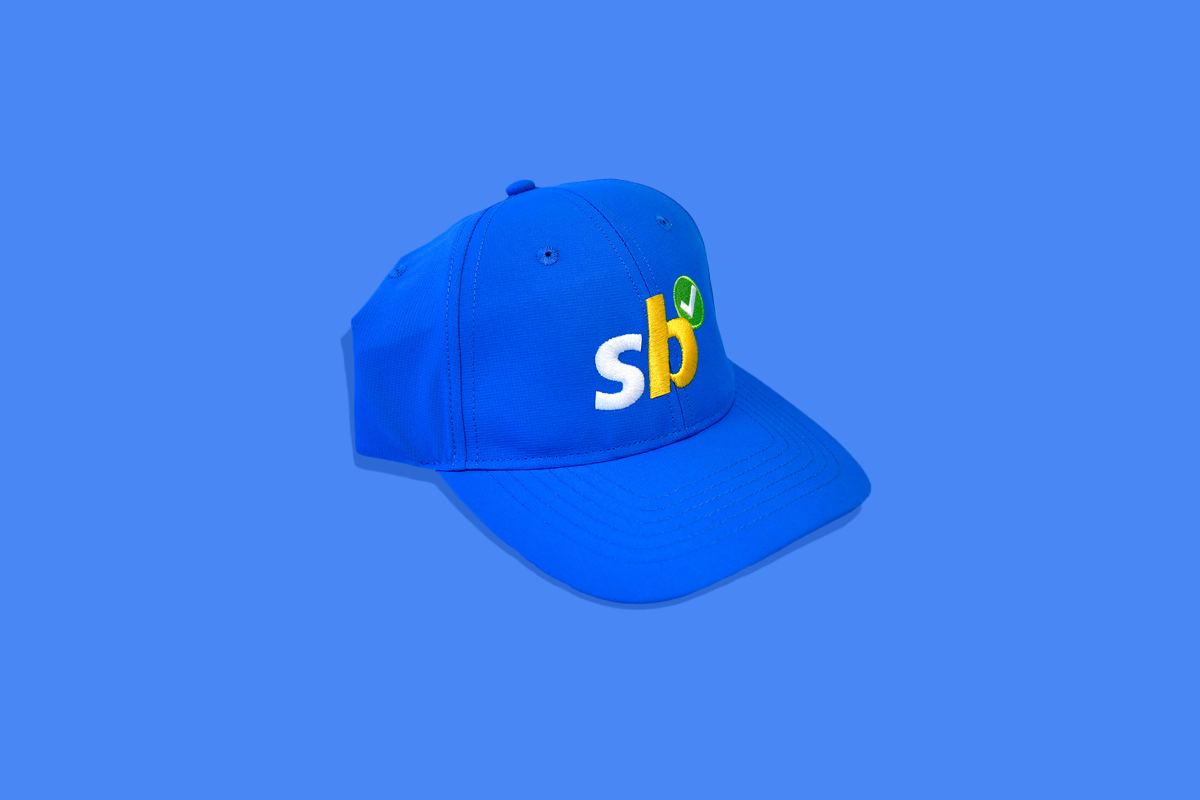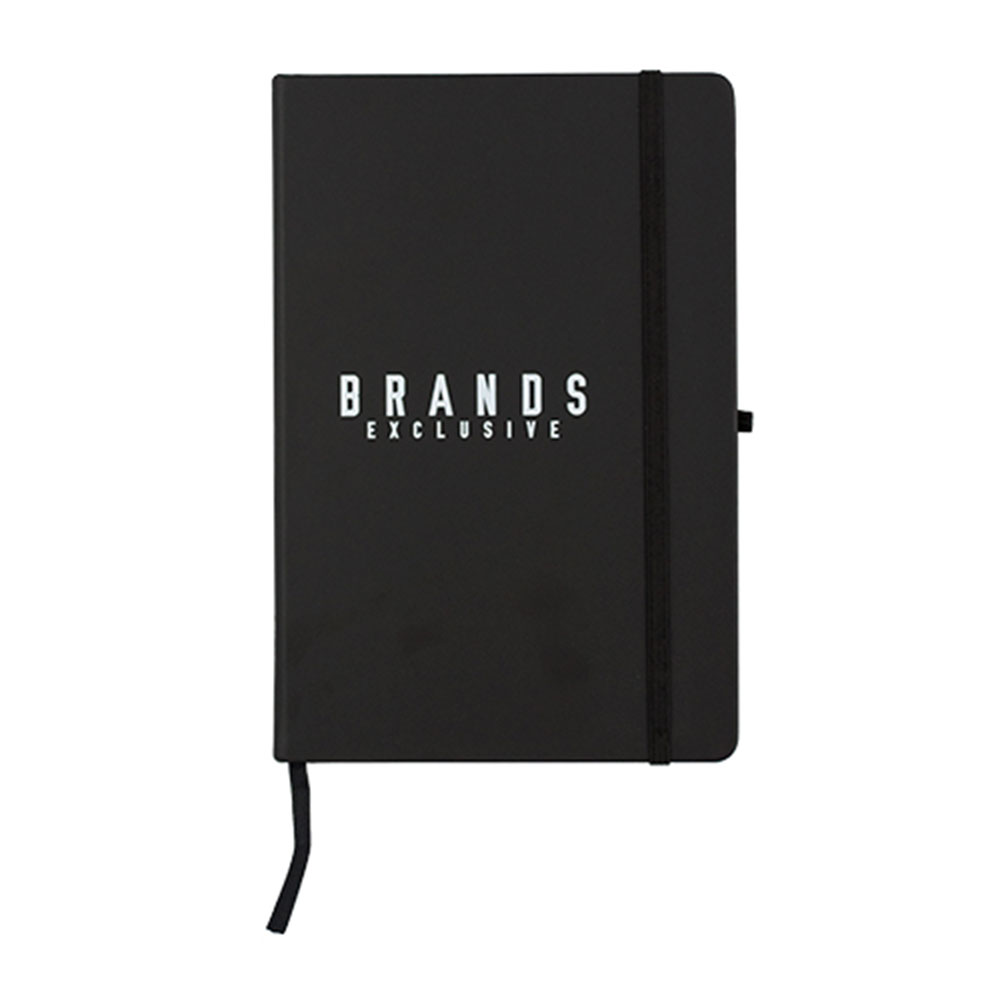Description
Designed with sustainability in mind, this medium-sized notebook features a hard kraft paper cover that offers a natural, eco-friendly aesthetic. Inside, you’ll find 60 leaves (120 pages) of 70gsm lined paper, perfect for writing. It also includes a practical pen loop and a black Kraft Pen with a cardboard barrel for added convenience.
Product Details:
Binding Method: Wiro
Page Colour: White
Page Design: Lined
Pen Holder: Loop
Pen Included: Yes
Approx. Cover Thickness: 1.5mm
Country of Origin: China
Dimensions:
Notebook: 146mm (W) x 179mm (L) x 15mm (H)
Additional information
| Decoration | 1 Colour 1 Location Pad Print – Notebook, 1 Colour 1 Location Screen Print – Pen, 1 Colour 2 Location Pad Print – Notebook, 1 Colour 2 Location Screen Print – Pen Position A – 60mm x 12mm | Pen Position B – 45mm x 25mm, 1 Colour Pad Print – Pen, 2 Colour 1 Location Pad Print – Notebook, 2 Colour 1 Location Screen Print – Pen, 2 Colour 2 Location Pad Print – Notebook, 2 Colour 2 Location Screen Print – Pen Position A – 60mm x 12mm | Pen Position B – 45mm x 25mm, 2 Colour Pad Print – Pen, 3 Colour 1 Location Pad Print – Notebook, 3 Colour 1 Location Screen Print – Pen, 3 Colour 2 Location Pad Print – Notebook, 3 Colour 2 Location Screen Print – Pen Position A – 60mm x 12mm | Pen Position B – 45mm x 25mm, 3 Colour Pad Print – Pen, Full Colour Direct Digital on Pen, Screen Print – Notebook – 150mm x 90mm (one colour) |
|---|---|
| Optional | None, Personalisation Surcharge (per line), Supplied without Kraft Pen |
| Colour | Natural, Navy, Black |
| Material | Kraft – Bleached, Kraft – Unbleached |
| Production Time | 2 Weeks Production Time |
Our guarantee
All of our products are fully guaranteed to work, look and feel as designed.
Our most highly regarded company value at Good Things is integrity. We do what we say we are going to do in a timely fashion. We get "Back in a Flash" to all our clients for quotes, artwork and samples.
It is essential in our industry - from meeting delivery deadlines, through to having a product match a sample when delivered to each minute detail.
When dealing with us you can expect to get exactly what you ordered: as agreed, and on time. That is the Good Things Guarantee.
Product reviews
Lyrica Memo Book
Min Qty: 100

99.4% jobs
delivered on-time

Free graphic
design

Quotes within
24 hours
Get an instant quote
Description
Designed with sustainability in mind, this medium-sized notebook features a hard kraft paper cover that offers a natural, eco-friendly aesthetic. Inside, you’ll find 60 leaves (120 pages) of 70gsm lined paper, perfect for writing. It also includes a practical pen loop and a black Kraft Pen with a cardboard barrel for added convenience.
Product Details:
Binding Method: Wiro
Page Colour: White
Page Design: Lined
Pen Holder: Loop
Pen Included: Yes
Approx. Cover Thickness: 1.5mm
Country of Origin: China
Dimensions:
Notebook: 146mm (W) x 179mm (L) x 15mm (H)
Additional information
| Decoration | 1 Colour 1 Location Pad Print – Notebook, 1 Colour 1 Location Screen Print – Pen, 1 Colour 2 Location Pad Print – Notebook, 1 Colour 2 Location Screen Print – Pen Position A – 60mm x 12mm | Pen Position B – 45mm x 25mm, 1 Colour Pad Print – Pen, 2 Colour 1 Location Pad Print – Notebook, 2 Colour 1 Location Screen Print – Pen, 2 Colour 2 Location Pad Print – Notebook, 2 Colour 2 Location Screen Print – Pen Position A – 60mm x 12mm | Pen Position B – 45mm x 25mm, 2 Colour Pad Print – Pen, 3 Colour 1 Location Pad Print – Notebook, 3 Colour 1 Location Screen Print – Pen, 3 Colour 2 Location Pad Print – Notebook, 3 Colour 2 Location Screen Print – Pen Position A – 60mm x 12mm | Pen Position B – 45mm x 25mm, 3 Colour Pad Print – Pen, Full Colour Direct Digital on Pen, Screen Print – Notebook – 150mm x 90mm (one colour) |
|---|---|
| Optional | None, Personalisation Surcharge (per line), Supplied without Kraft Pen |
| Colour | Natural, Navy, Black |
| Material | Kraft – Bleached, Kraft – Unbleached |
| Production Time | 2 Weeks Production Time |
Our guarantee
All of our products are fully guaranteed to work, look and feel as designed.
Our most highly regarded company value at Good Things is integrity. We do what we say we are going to do in a timely fashion. We get "Back in a Flash" to all our clients for quotes, artwork and samples.
It is essential in our industry - from meeting delivery deadlines, through to having a product match a sample when delivered to each minute detail.
When dealing with us you can expect to get exactly what you ordered: as agreed, and on time. That is the Good Things Guarantee.
 Australian-Owned
Australian-Owned





























